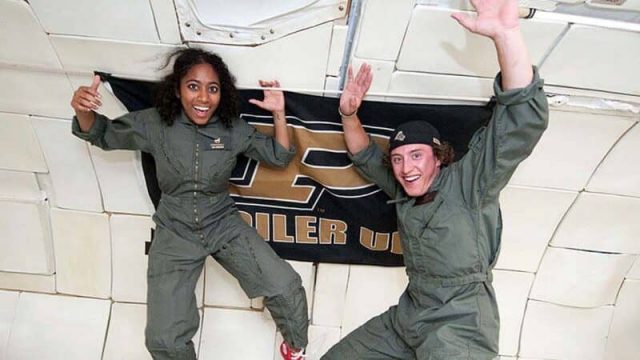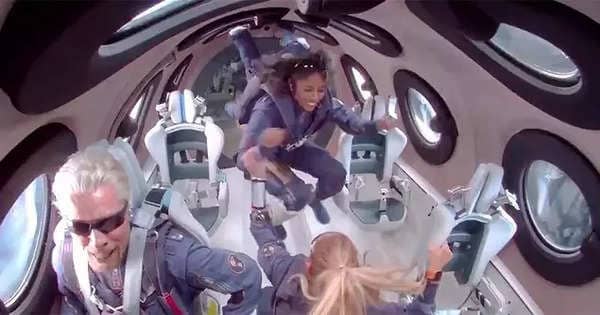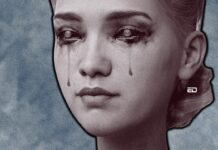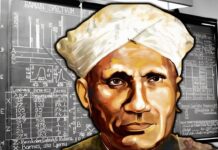For the foreseeable future, Sirisha Bandla is likely to have the same introduction that sets her apart in any room she inhabits: the girl who went to space.
In July 2021, the aeronautical engineer was among the six passengers on the Unity 22 spaceflight, a historic feat—not only because Richard Branson’s Virgin Galactic is the world’s first fully crewed suborbital test flight, but also because Bandla, a girl from Andhra Pradesh, is only the second Indian-born woman to reach this far.

Growing up, her role model was the fictional Jean-Luc Picard, until she read about Kalpana Chawla. “I saw in her an exceptional Indian woman doing something I wanted to do. It made it so much more real,” she says. Bandla was just 15 when Chawla, her hero, died as NASA’s space shuttle exploded while re-entering the atmosphere.
“I followed Kalpana’s career through the internet, but it’s hard when you don’t have someone to talk to,” she says of the prejudices faced by women of colour.
More Recommendations: Floating Astronaut Over Earth! Photograph Captures Mankind’s Faith In Technology
Bandla wanted to be an astronaut for the US National Aeronautics and Space Administration (NASA). However, her poor eyesight meant she could not meet the requirements to become a pilot or an astronaut.
When she was at Purdue University, a professor told her about an opportunity in the field of commercial space flights.
Virgin Galactic – the business Branson started in 2004 – aims to fly private citizens to the edge of space. The trips are designed to permit passengers to experience three to four minutes of weightlessness and observe the curvature of the Earth.

Now back from the edge of space, Bandla says that her biggest thrill wasn’t munching on floating jelly beans as she did acrobatic manoeuvres in zero gravity, but how her journey to the outer layers impacted the others.
“What’s incredible is the number of messages I’ve got, especially from young women in India. It’s interesting how much of a mental barrier there is for people when they see somebody they can’t relate to, doing what they want,” she says.
“So for women to see themselves in me—either from a connection of where we grew up, how we look, or our culture—is powerful.”

What makes Bandla’s story even more poignant is that she had once almost given up on her 25-year-old dream when poor eyesight prevented her from becoming a NASA astronaut.
Irrepressible, she took a different route, which led her to where she is today—Virgin Galactic’s vice president of government affairs and research operations, where her role is “talking about utilising space for the betterment of life on earth as well as for technology, innovation and advancement in space.”
Image Credits: Google Images
Feature Image designed by Saudamini Seth
Sources: Vogue, Hindustan Times, Times Of India
Find the blogger: @Drishti Shroff
This post is tagged under: Sirisha Bandla, Astronaut, Indian Astronaut, Space, Virgin Galactic Vice President, Virgin Galactic, India In Space, Kalpana Chawla, Sunita Williams, Astronomy, Technology, Innovation, Life On Earth, Space Facts, Astronomy Facts, Techological Advancements, Branson, The Girl Who Went To Space
Disclaimer: We do not hold any right, copyright over any of the images used, these have been taken from Google. In case of credits or removal, the owner may kindly mail us.



































